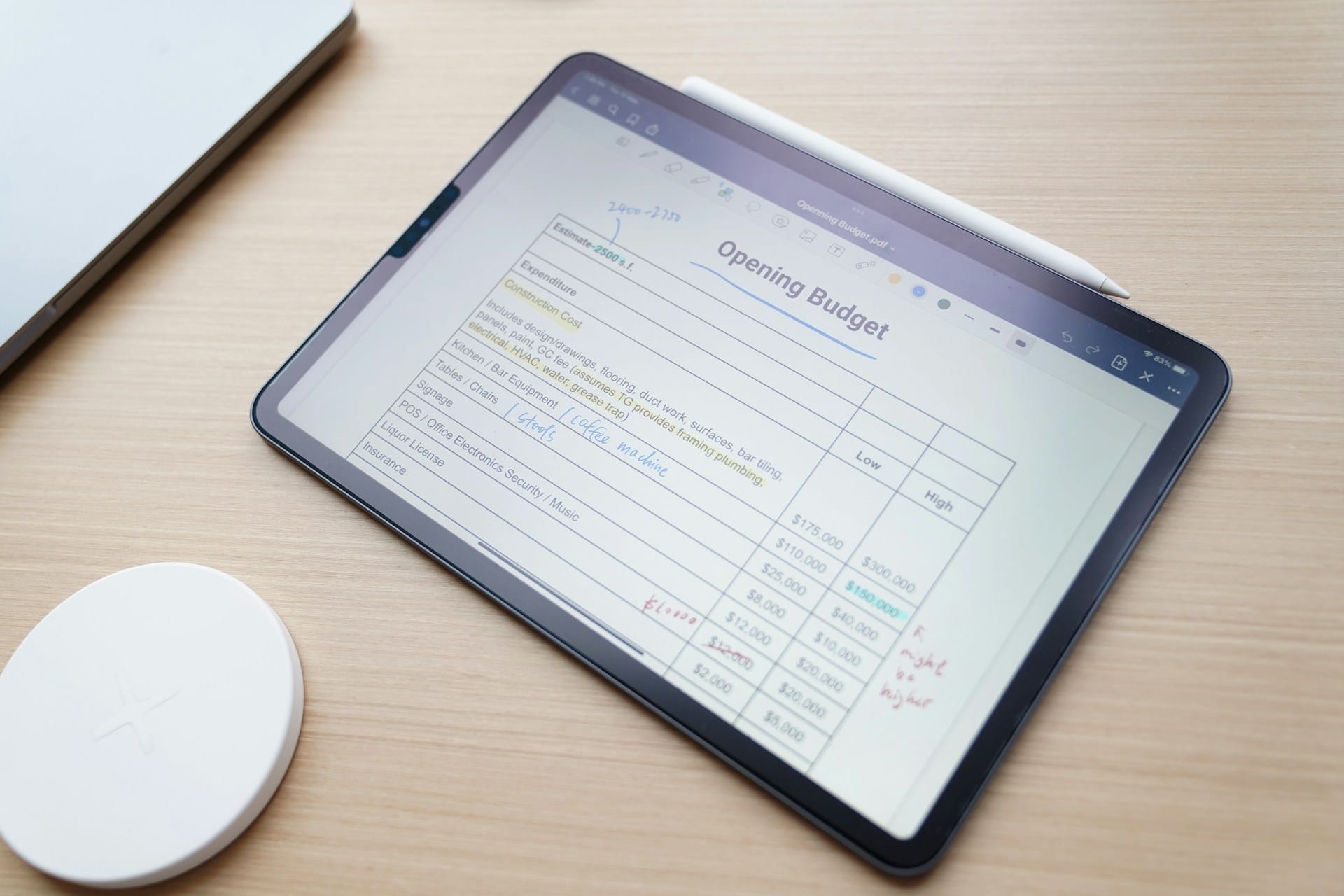Project management is not an open and shut case. On the contrary, projects need experienced managers with advanced problem-solving and organizational skills. They are the ones responsible for setting the best practices around project management. They are also the ones to implement those practices and influence the way that teams communicate with one another. At the same time, project managers should be versatile. There is no chance that two projects are identical in scope, objective, or need the same workload management.
Therefore, either being in charge of projects for a creative agency, a software developing company, or a consultancy, attention to detail is pivotal. Today we will share with you 7 project management best practices, so your team and business can reap the fruit of your labor. The following points can also perfectly answer the question, “What makes a good project manager?”
Best Practice #1: Divide projects into blocks
Sitting on a managerial throne and overseeing people striving to do their job is unrealistic and harmful for business. When your team takes on a new project, it is essential to allocate tasks and responsibilities that your teammates can deliver without dedicating relentless work.
The project management technique of dismantling a big machine also helps the team get a deeper understanding of the objectives. They will know what to pursue and how to approach each task without feelings of anxiety and emotional distress. Of course, the breaking down process can continue until the project sections are equally divided and matched to the employees that are apt to work on them.
Best Practice #2: Organize team meetings without absences
If ten employees are working on a project, meeting up with four of them will not benefit the work. You should gather every single member of the project team since they all have to understand the project’s scope, its desired outcome, and the roles they will assume.
At the same time, the whole team will have the opportunity to discuss how to work on the project and set the rules and planning around it. Involving the team in the initial project meeting also creates a sense of ownership, increased responsibility for all members, and facilitates effective teamwork.
Best Practice #3: Give priority to specific projects and tasks
This project management technique is valuable since it shows determination, professional maturity, and team unity. Many businesses choose to run several projects at the same time. Some may be long-term and high-profile while others can be easier and with less revenue. This is when priorities management comes into the picture.
Project managers should decide if some projects need extensive work or more detailed work in order to prioritize them. This will ensure that employees will not overwork themselves, dividing their attention and time among too many projects.
Best Practice #4: Managing projects equals managing people
This is an aspect of project management that managers and business owners sometimes tend to forget. They focus on revenue and the completion of projects overlooking the human factor in them.
In reality, project management should cooccur with HR management so that the employees know their roles, set dates for team meetings, and of course, have the chance to discuss possible issues. If project collaboration is not built on good terms, then time and quality problems may come up, having grave effects on business cash flow and reputation.
Best Practice #5: Build communication bridges during a project
We have established that people and projects are equally essential for business success. We also talked about taking into account all team members during the project initiation phase as well as not wearing them out. However, after every parameter has been agreed upon, teams tend to meet for updates or project discussions less frequently.
So, the project management best practices dictate that you need to organize meetings so that everyone thinks of them as something customary. In those meetings, teams can actually focus on topics that stall their progress, celebrate their small wins, and check if everyone is on the same page.
Best Practice #6: Use time-tracking and project management software
With the demands of multiple projects arising, time tracking and project management need to increase. Therefore, the use of software that can help you stay productive and invoice properly is imminent. Teams can be greatly assisted by actively tracking their projects. In particular, managing time, costs, and expenses, among other project indicators, will help your team stay within budget, abide by the deadlines, and seize every opportunity to be productive.
Projects do not only imply revenue. They also mean expenses and labor costs, which can be monitored with software that offers time-tracking and expense management services. The right software can lead to optimal project management if used consistently and by the whole team. Documenting project tasks and keeping every decision on track will greatly help teams deal with unexpected issues or shifts. On top of everything, project managers will be able to monitor team schedules, time allocation, as well as cash inflow/outflow.
To sum up, project management best practices should not be overlooked. Having to face project chaos is as unpleasant as it sounds. However, teams have to perfect the project management skills that are essential to their business needs. Hopefully, a good project manager will succeed in delivering the best possible results. Always with the help of the top management tools and a robust qualified team.






